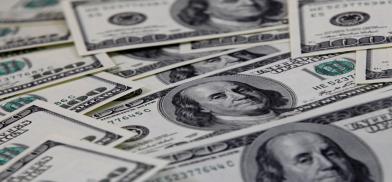Nepal’s foreign exchange reserves under pressure amid increasing imports and fall in remittances
Nepal's trade deficit increased by 70.6 percent, touching around $1.1 billion, in the first month of the current fiscal year as imports surged to $1.278 billion and remittances fell around 18 percent to $466 million, putting pressure on the country’s foreign exchange reserves

Nepal's trade deficit increased by 70.6 percent, touching around $1.1 billion, in the first month of the current fiscal year as imports surged to $1.278 billion and remittances fell around 18 percent to $466 million, putting pressure on the country’s foreign exchange reserves.
The concern grew after the Nepal Rastra Bank, the country's central bank. released data, indicating the external sector of the economy—Nepal’s international economic transactions—might be at risk.
The country received $466 million in remittances and recorded a fall of 18 percent in comparison to the same period in the year. In the same month last year, the country recorded a 23 percent increase in remittances.
The foreign exchange reserves fell by 3.2 percent to $11.48 billion as of mid-August in comparison to mid-July, when the last fiscal ended.
“The increased imports suggest that the country’s economy is in a recovery mode after the second wave of Covid-19,” Nara Bahadur Thapa, former executive director of the Nepal Rastra Bank, was quoted as saying by The Kathmandu Post.
However, he added, massive import bills and reduced remittance inflow have increased risks for the external sector of the economy.
In the fiscal year 2019-20, Nepal’s economy contracted by 2.1 percent --the first time in almost four decades that the country’s recorded contraction, mainly due to the pandemic. The recovery in the following fiscal year was hampered by the second wave.
“We should not worry about it until the foreign exchange reserves are sufficient to fund imports for seven months and we should not stop the imports that help our economic recovery,” said Thapa.
The government may have to look for other sources to maintain forex if the fall in remittances continues. Apart from remittances-- the country's highest forex contributor, other sectors like tourism have been struggling for revival.
The rise in global oil prices also increased its import bills.
(SAM)








Post a Comment